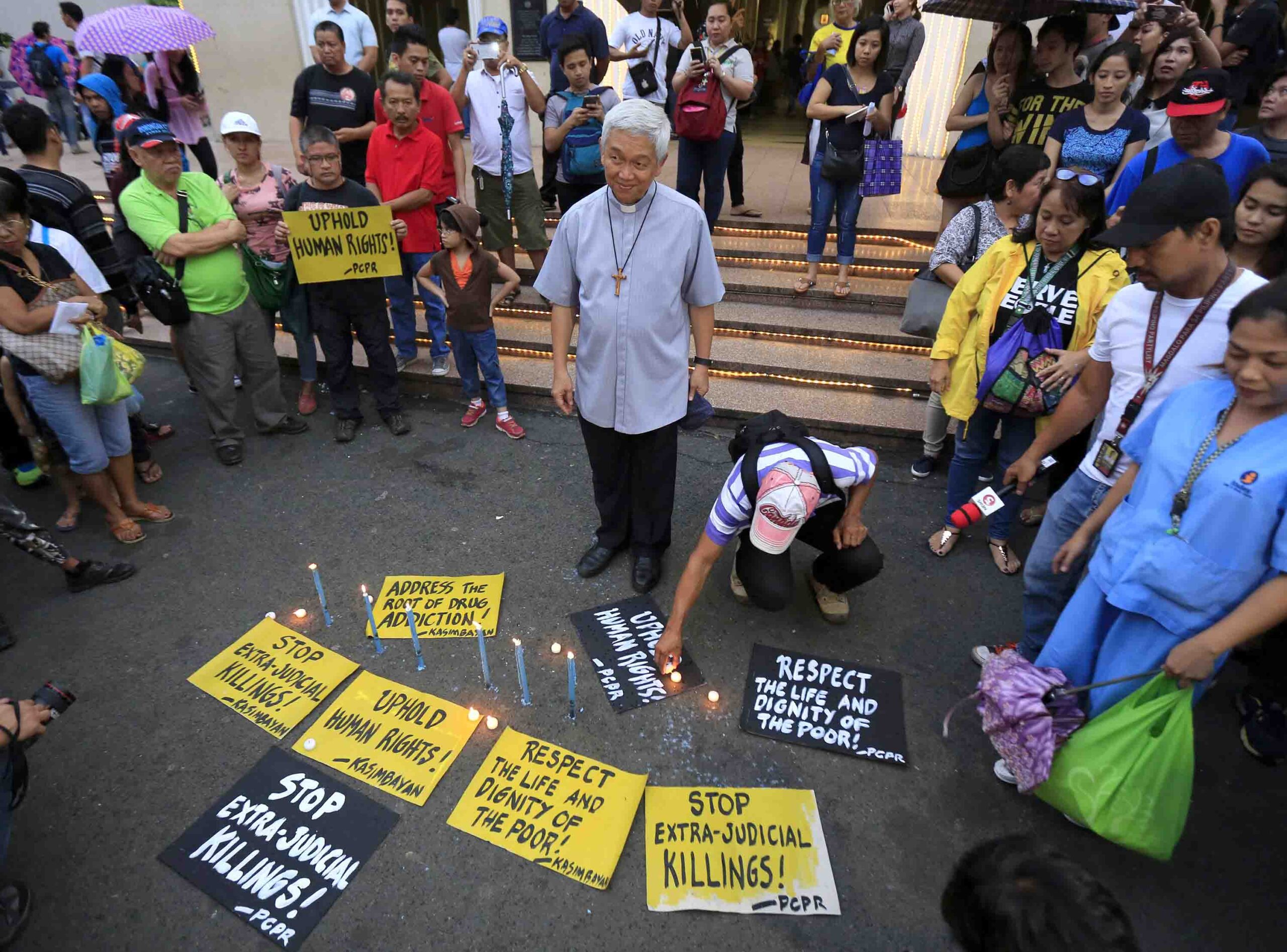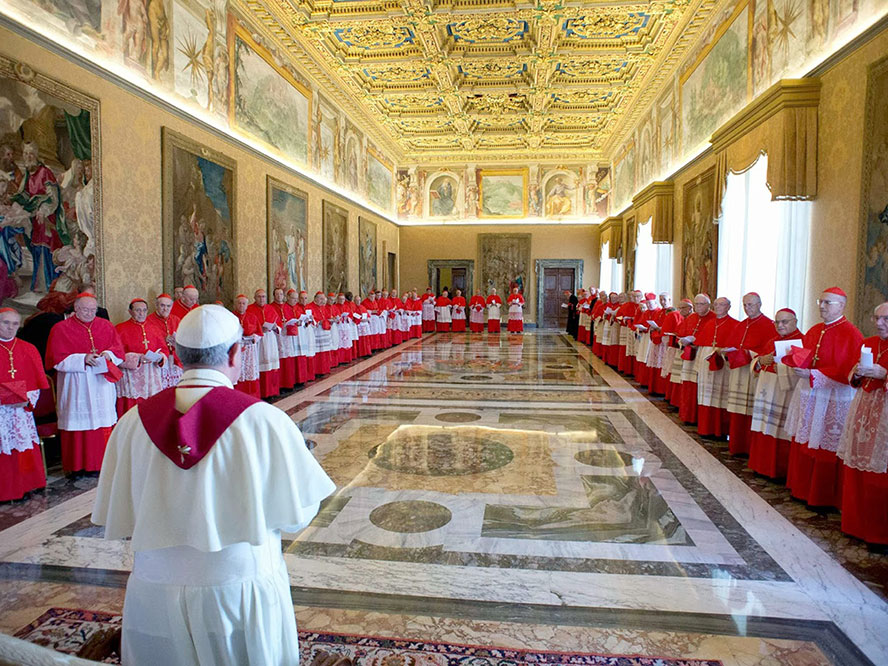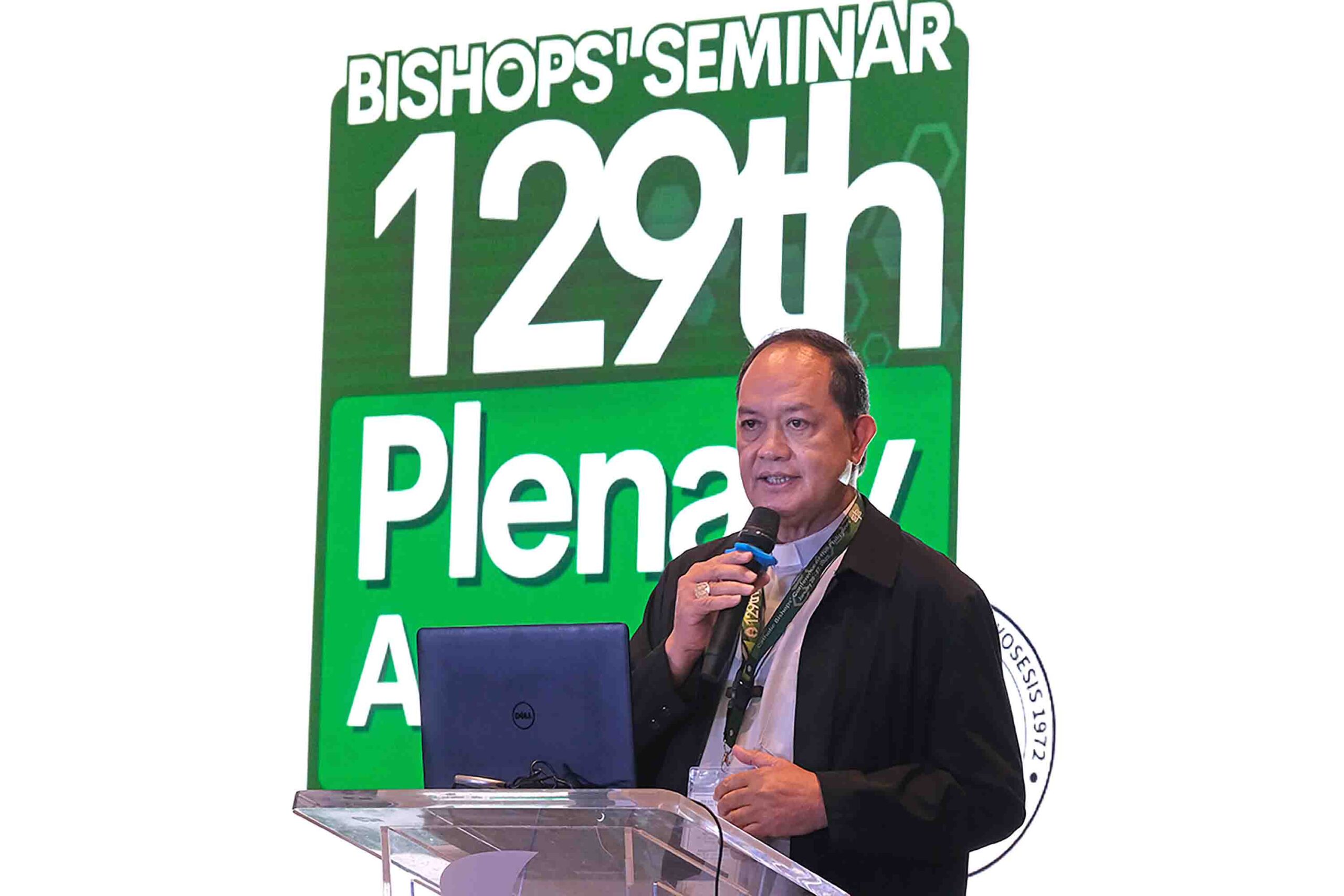The scale of the destruction can only be truly appreciated when viewed from the perspective of biological time. The last period such an extinction spasm happened was 65 million years ago at the end of the Mesozoic (Middle Life) era. Most researchers agree that the Mesozoic Era ended, at least in part, because of the impact of an asteroid in what is now the Yucatan peninsula in Mexico. The current extinction is not due to external factors, but to one creature within the biosphere – humankind. We do not set out directly to cause the extinction of other species. However, our increasing number and escalating demands have led to widespread deforestation, the conversion of many habitats to agricultural land, the over exploitation of many species, especially in the oceans. All of these have had a devastating impact on the rest of life on earth.
The Convention on Biodiversity emerged from the Earth Summit in Rio de Janeiro in 1992. The objective is to protect biodiversity and to ensure that there is a fair and equitable distribution of any financial benefits derived from biological and genetic resources. The Nagoya meeting wrestled with these questions and ratified the Nagoya Protocol on Access to Genetic Resources and the Fair and Equitable Sharing of Benefits (ABS). Initially, governments from the global North and especially Northern biotech and pharmaceutical corporations were opposed to sharing the benefits of biological resources with countries from the global South, where the biological and genetic resources originated. They feared that lawsuits might be brought against them for some products which they developed based on biological resources from countries in the South. Under the Nagoya Protocol, a multi-billion dollar fund will be set up to compensate countries in the Global South for any benefits which accrue from the commercial use of their biological resources. The Protocol is potentially worth billions of dollars to countries which are rich in biodiversity and could act as an incentive for them to protect the biodiversity of their forests and marine resources.
The Nagoya meeting also drew up a strategic plan to conserve biodiversity in the period between 2010 and 2020. The delegates from the 193 countries agreed to protect 17% of the land area of the world and 10% of the oceans by 2020. At the moment, about 13% of the land area of the world and only 1% of the oceans are protected areas. Details of the roadmap to achieve the above targets by 2020 are quite vague and critics say that the targets are not ambitious enough.
In all of these discussions, the cost of commitments is always close to the surface. Unfortunately, richer countries were slow to produce their checkbooks at Nagoya. The paucity of financial resources to protect biodiversity led Jim Leape, the director general of the World Wide Fund for Nature (WWF), to complain that: “We were disappointed that most rich countries came to Nagoya with empty pockets – unable or unwilling to provide the resources that will make it possible for the developing world to implement their ambitious targets.” He did, however, welcome the overall deal despite its limitations. The most important limitation of all, of course, is the fact that the United States, the richest country on the planet, has not signed the UN Convention on Biodiversity. Organizations of civil society and Churches in the U.S. need to lobby their government, so that it signs the CBD immediately.
Eight hundred years ago, St. Thomas Aquinas taught that each creature has the ability to represent the goodness of God in a unique way. Therefore, the extinction of species does not merely impoverish the biosphere; it also diminished our understanding of God. Today, in the vast majority of creation, theologians argue that species have an intrinsic value – in other words, value in themselves and not merely because they can be of benefit to humankind. In responding to the present ecological crisis, the Catholic Church urgently needs to develop a viable theology of creation.








